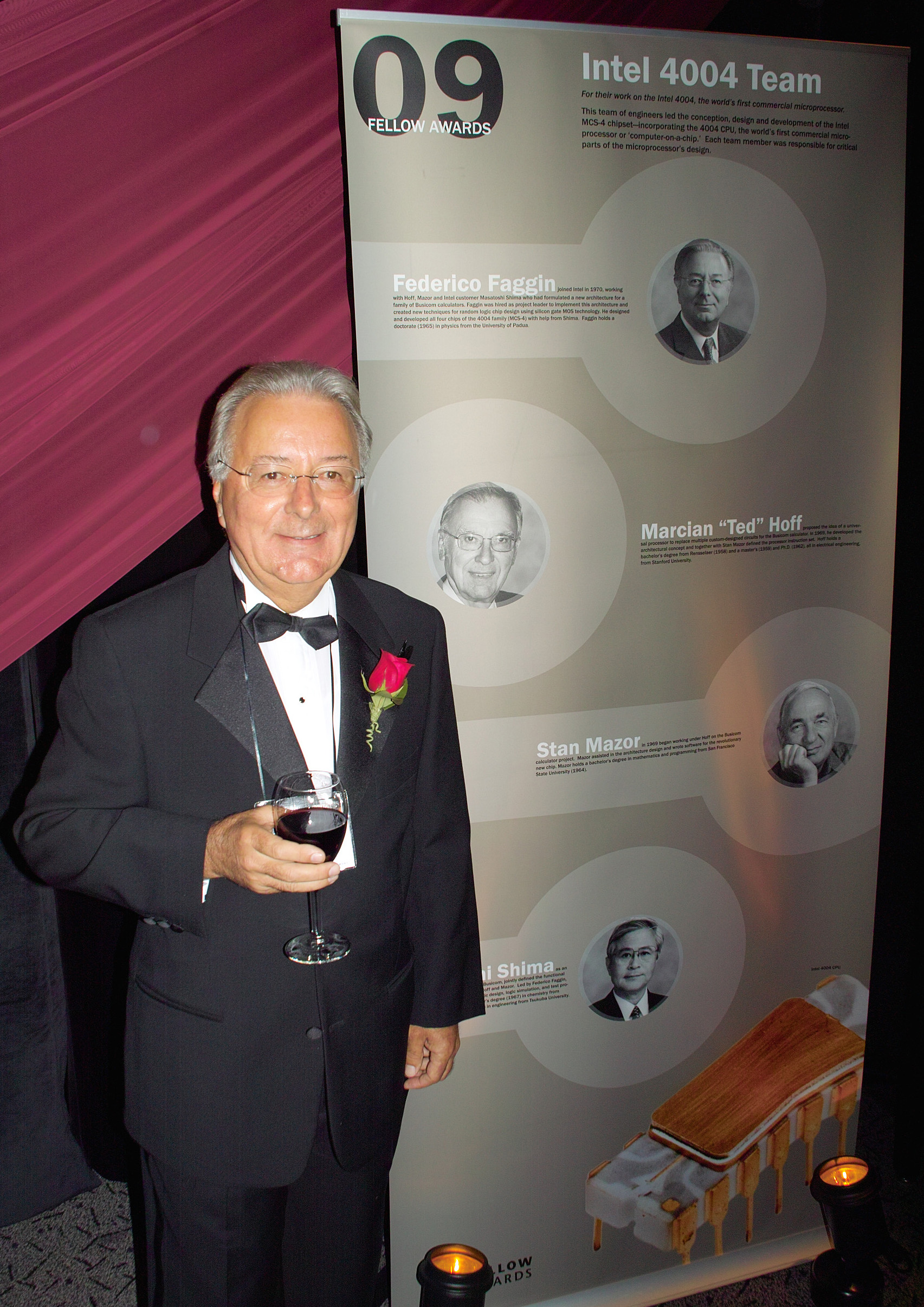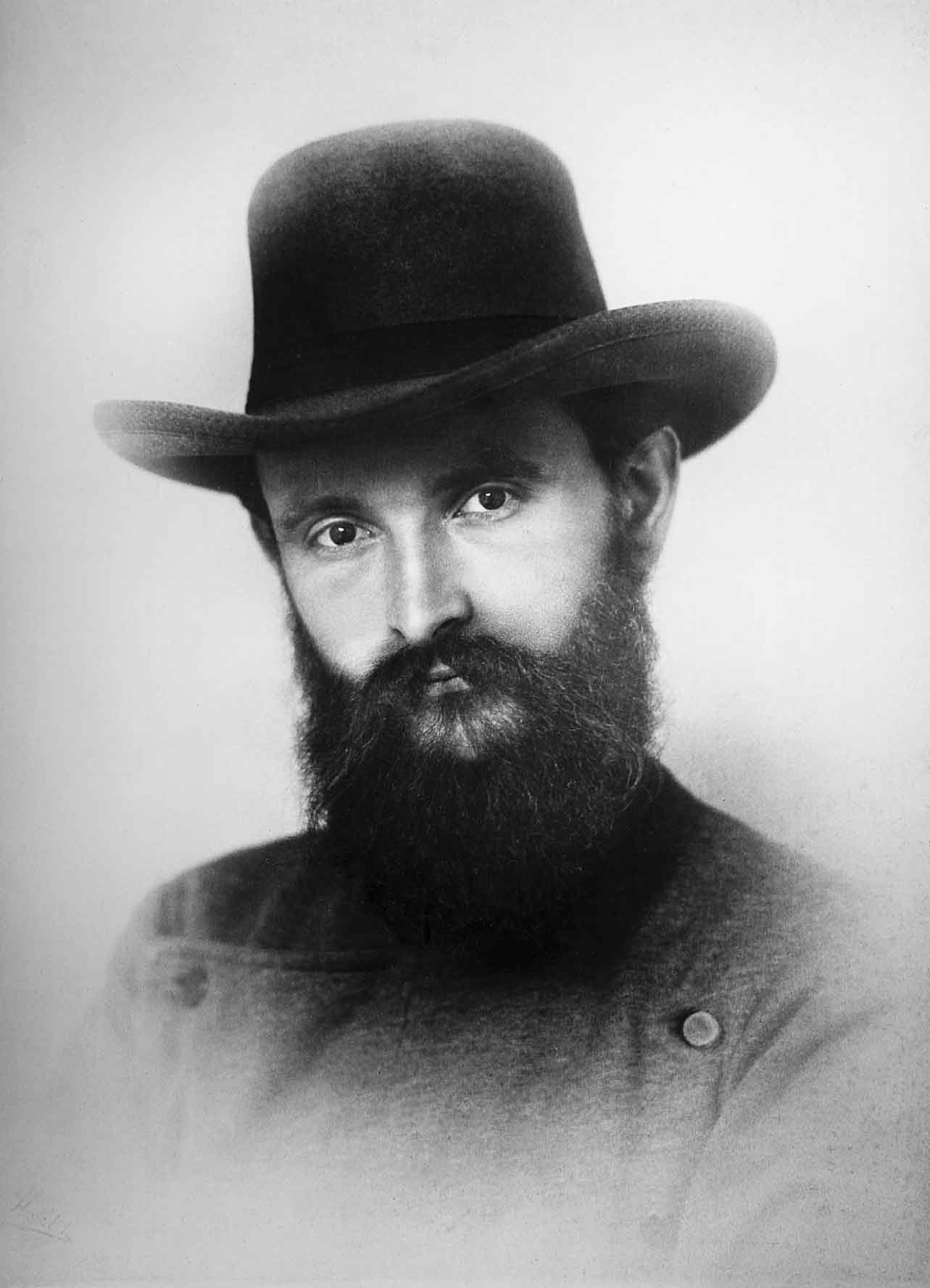|
European Inventor Award
The European Inventor Award(formerly European Inventor of the Year Award, renamed in 2010), are presented annually by the European Patent Office, sometimes supported by the respective Presidency of the Council of the European Union and by the European Commission, to inventors who have made a significant contribution to innovation, economy and society in Europe. Inventions from all technological fields are considered for this award. The winners in each category are presented with an award shaped like a sail. There is no cash prize associated with the award. Award categories The European Inventor Award is presented in the following five categories: *Industry *Small and medium-sized enterprises (SMEs) *Research *Non-European countries *Lifetime achievement Since 2013, the public is invited to vote to select the winner of a ''Popular Prize'' from among the finalists. Nomination and selection Each year the European Patent Office calls on its patent examiners, on examiners at the paten ... [...More Info...] [...Related Items...] OR: [Wikipedia] [Google] [Baidu] |
European Patent Office
The European Patent Office (EPO) is one of the two organs of the European Patent Organisation (EPOrg), the other being the Administrative Council. The EPO acts as executive body for the organisationGower's Report on Intellectual Property , para 1.34 while the Administrative Council acts as its supervisory body as well as, to a limited extent, its legislative body. The actual legislative power to revise the lies with the Contracting States themselves when meeting at a Conference of the Contracting States. Within the European Patent Office, [...More Info...] [...Related Items...] OR: [Wikipedia] [Google] [Baidu] |
Federico Faggin
Federico Faggin (, ; born 1 December 1941) is an Italian physicist, engineer, inventor and entrepreneur. He is best known for designing the first commercial microprocessor, the Intel 4004. He led the 4004 (MCS-4) project and the design group during the first five years of Intel's microprocessor effort. Faggin also created, while working at Fairchild Semiconductor in 1968, the self-aligned MOS (metal–oxide–semiconductor) silicon-gate technology (SGT), which made possible MOS semiconductor memory chips, CCD image sensors, and the microprocessor. After the 4004, he led development of the Intel 8008 and 8080, using his SGT methodology for random logic chip design, which was essential to the creation of early Intel microprocessors. He was co-founder (with Ralph Ungermann) and CEO of Zilog, the first company solely dedicated to microprocessors, and led the development of the Zilog Z80 and Z8 processors. He was later the co-founder and CEO of Cygnet Technologies, and then Synapt ... [...More Info...] [...Related Items...] OR: [Wikipedia] [Google] [Baidu] |
Audi
Audi AG () is a German automotive manufacturer of luxury vehicles headquartered in Ingolstadt, Bavaria, Germany. As a subsidiary of its parent company, the Volkswagen Group, Audi produces vehicles in nine production facilities worldwide. The origins of the company are complex, going back to the early 20th century and the initial enterprises (Horch and the ''Audiwerke'') founded by engineer August Horch (1868–1951); and two other manufacturers (DKW and Wanderer (car), Wanderer), leading to the foundation of Auto Union in 1932. The modern Audi era began in the 1960s, when Auto Union was acquired by Volkswagen from Daimler-Benz. After relaunching the Audi brand with the 1965 introduction of the Audi F103 series, Volkswagen merged Auto Union with NSU Motorenwerke in 1969, thus creating the present-day form of the company. The company name is based on the Latin translation of the surname of the founder, August Horch. , meaning "listen", becomes in Latin. The four rings of the Aud ... [...More Info...] [...Related Items...] OR: [Wikipedia] [Google] [Baidu] |
Autoimmune Disease
An autoimmune disease is a condition arising from an abnormal immune response to a functioning body part. At least 80 types of autoimmune diseases have been identified, with some evidence suggesting that there may be more than 100 types. Nearly any body part can be involved. Common symptoms can be diverse and transient, ranging from mild to severe, and generally include low grade fever and feeling tired. The cause is unknown. Some autoimmune diseases such as lupus run in families, and certain cases may be triggered by infections or other environmental factors. Some common diseases that are generally considered autoimmune include celiac disease, diabetes mellitus type 1, graves' disease, inflammatory bowel disease, multiple sclerosis, alopecia areata, addison’s disease, pernicious anemia, psoriasis, rheumatoid arthritis, and systemic lupus erythematosus. The diagnosis can be difficult to determine. Treatment depends on the type and severity of the condition. Nonsteroidal an ... [...More Info...] [...Related Items...] OR: [Wikipedia] [Google] [Baidu] |
Cytokine
Cytokines are a broad and loose category of small proteins (~5–25 kDa) important in cell signaling. Cytokines are peptides and cannot cross the lipid bilayer of cells to enter the cytoplasm. Cytokines have been shown to be involved in autocrine, paracrine and endocrine signaling as immunomodulating agents. Cytokines include chemokines, interferons, interleukins, lymphokines, and tumour necrosis factors, but generally not hormones or growth factors (despite some overlap in the terminology). Cytokines are produced by a broad range of cells, including immune cells like macrophages, B lymphocytes, T lymphocytes and mast cells, as well as endothelial cells, fibroblasts, and various stromal cells; a given cytokine may be produced by more than one type of cell. They act through cell surface receptors and are especially important in the immune system; cytokines modulate the balance between humoral and cell-based immune responses, and they regulate the maturation, growth, and r ... [...More Info...] [...Related Items...] OR: [Wikipedia] [Google] [Baidu] |
Marc Feldmann
Sir Marc Feldmann, (born 2 December 1944), is an Australian-educated British immunologist. He is a professor at the University of Oxford and a senior research fellow at Somerville College, Oxford. Biography Feldmann was born 2 December 1944 in Lvov to a Jewish family who managed to get to France immediately postwar. He emigrated from France to Australia at age eight. After graduating with an MBBS degree from the University of Melbourne in 1967, he earned a Ph.D. in Immunology at the Walter and Eliza Hall Institute of Medical Research in 1972 with Sir Gustav Nossal.Feldmann, M. (2009) ''Translating molecular insights in autoimmunity into effective therapy.'' Annu. Rev. Immunol. 27: 1-27. He moved to London in the 1970s, working first with Avrion Mitchison at the Imperial Cancer Research Fund's Tumour Immunology Unit; in 1985 he moved to the Charing Cross Sunley Research Centre and the Kennedy Institute of Rheumatology (which joined with the Faculty of Medicine at Imperia ... [...More Info...] [...Related Items...] OR: [Wikipedia] [Google] [Baidu] |
Protease Inhibitor (pharmacology)
Protease inhibitors (PIs) are medications that act by interfering with enzymes that cleave proteins. Some of the most well known are antiviral drugs widely used to treat HIV/AIDS and hepatitis C. These protease inhibitors prevent viral replication by selectively binding to viral proteases (e.g. HIV-1 protease) and blocking proteolytic cleavage of protein precursors that are necessary for the production of infectious viral particles. Protease inhibitors that have been developed and are currently used in clinical practice include: * Antiretroviral HIV-1 protease inhibitors—class stem ** Amprenavir ** Atazanavir ** Darunavir ** Fosamprenavir ** Indinavir ** Lopinavir ** Nelfinavir ** Ritonavir ** Saquinavir ** Tipranavir * Hepatitis C virus NS3/ 4A protease inhibitors—class stem ** Asunaprevir ** Boceprevir ** Grazoprevir ** Glecaprevir ** Paritaprevir ** Simeprevir ** Telaprevir * Severe acute respiratory syndrome coronavirus 2 3-chymotrypsin-like protease inhi ... [...More Info...] [...Related Items...] OR: [Wikipedia] [Google] [Baidu] |
Biodegradable Plastic
Biodegradable plastics are plastics that can be decomposed by the action of living organisms, usually microbes, into water, carbon dioxide, and biomass. Biodegradable plastics are commonly produced with renewable raw materials, micro-organisms, petrochemicals, or combinations of all three. While the words "bioplastic" and "biodegradable plastic" are similar, they are not synonymous. Not all bioplastics (plastics derived partly or entirely from biomass) are biodegradable, and some biodegradable plastics are fully petroleum based. As more companies are keen to be seen as having "Green" credentials, solutions such as using bioplastics are being investigated and implemented more. However there are many skeptics who believe that bioplastics will not solve problems others expect. History Polyhydroxyalkanoate (PHA) was first observed in bacteria in 1888 by Martinus Beijerinck. In 1926, French microbiologist Maurice Lemoigne chemically identified the polymer after extracting it from ... [...More Info...] [...Related Items...] OR: [Wikipedia] [Google] [Baidu] |
Catia Bastioli
Born in Foligno in 1957, Italian researcher, chemist, and entrepreneur Catia Bastioli was always interested in chemistry and the natural world. Bastioli went on to attend the Business Management School at Bocconi University and get a degree in chemistry from the University of Perugia. She started her career as a researcher for the largest research group in Italy, Montedison, where she used her chemistry expertise to develop bioplastics with waste and agricultural raw materials. At Montedison, she helped to found a research center that later became Novamont. With this transition to Novemont, Bastioli began focusing on experimenting with eco-friendly materials and bioplastics. Bastioli now serves as CEO of Novamont, as well as President of Terna Spa of the Kyoto Club Association and a member of the Board of Directors of Fondazione Cariplo. She also served as the CEO of Matrìca, a joint venture between Novamont and Versalis. Career With her extensive academic and professional expe ... [...More Info...] [...Related Items...] OR: [Wikipedia] [Google] [Baidu] |
Microfabrication
Microfabrication is the process of fabricating miniature structures of micrometre scales and smaller. Historically, the earliest microfabrication processes were used for integrated circuit fabrication, also known as "semiconductor manufacturing" or "semiconductor device fabrication". In the last two decades microelectromechanical systems (MEMS), microsystems (European usage), micromachines (Japanese terminology) and their subfields, microfluidics/lab-on-a-chip, optical MEMS (also called MOEMS), RF MEMS, PowerMEMS, BioMEMS and their extension into nanoscale (for example NEMS, for nano electro mechanical systems) have re-used, adapted or extended microfabrication methods. Flat-panel displays and solar cells are also using similar techniques. Miniaturization of various devices presents challenges in many areas of science and engineering: physics, chemistry, materials science, computer science, ultra-precision engineering, fabrication processes, and equipment design. It is also givin ... [...More Info...] [...Related Items...] OR: [Wikipedia] [Google] [Baidu] |
Deep Reactive-ion Etching
Deep reactive-ion etching (DRIE) is a highly anisotropic etch process used to create deep penetration, steep-sided holes and trenches in wafers/substrates, typically with high aspect ratios. It was developed for microelectromechanical systems (MEMS), which require these features, but is also used to excavate trenches for high-density capacitors for DRAM and more recently for creating through silicon vias ( TSVs) in advanced 3D wafer level packaging technology. In DRIE, the substrate is placed inside a reactor, and several gases are introduced. A plasma is struck in the gas mixture which breaks the gas molecules into ions. The ions accelerated towards, and react with the surface of the material being etched, forming another gaseous element. This is known as the chemical part of the reactive ion etching. There is also a physical part, if ions have enough energy, they can knock atoms out of the material to be etched without chemical reaction. DRIE is a special subclass of RIE. Th ... [...More Info...] [...Related Items...] OR: [Wikipedia] [Google] [Baidu] |
Robert Bosch GmbH
Robert Bosch GmbH (; ), commonly known as Bosch and stylized as BOSCH, is a German multinational engineering and technology company headquartered in Gerlingen, Germany. The company was founded by Robert Bosch in Stuttgart in 1886. Bosch is 92% owned by Robert Bosch Stiftung, a charitable institution. Although the charity is funded by owning the vast majority of shares, it has no voting rights and is involved in health and social causes unrelated to Bosch’s business. Bosch's core operating areas are spread across four business sectors: mobility (hardware and software), consumer goods (including household appliances and power tools), industrial technology (including drive and control) and energy and building technology. History 1886–1920 The company started in a backyard in Stuttgart-West as the ''Werkstätte für Feinmechanik und Elektrotechnik'' (''Workshop for Precision Mechanics and Electrical Engineering'') on 15 November 1886. The next year Bosch presented a low ... [...More Info...] [...Related Items...] OR: [Wikipedia] [Google] [Baidu] |

.jpg)



